59-year wait to end! Jupiter at its Biggest soon; NASA says you just need binocs
Know when, where and how to catch a rare glimpse of Jupiter this week. NASA says watch it with just binoculars.
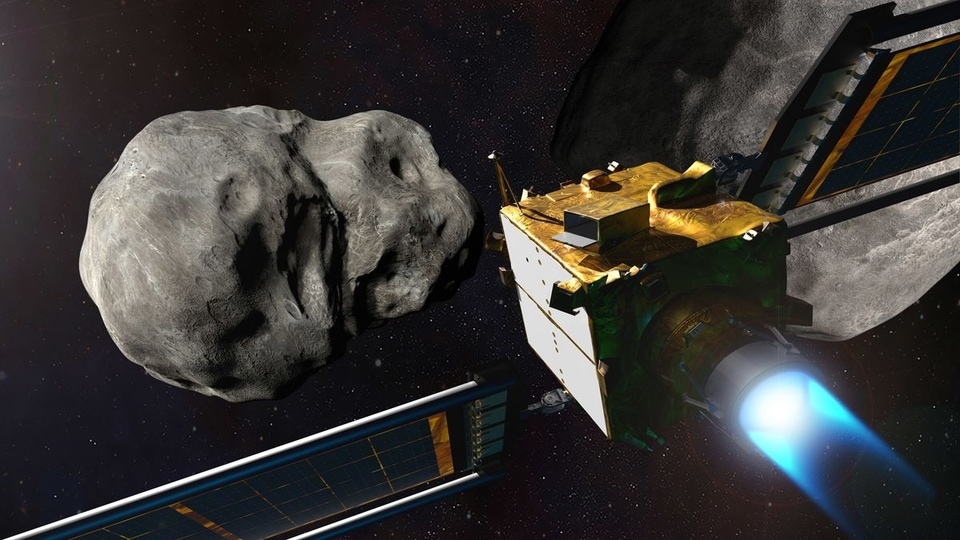
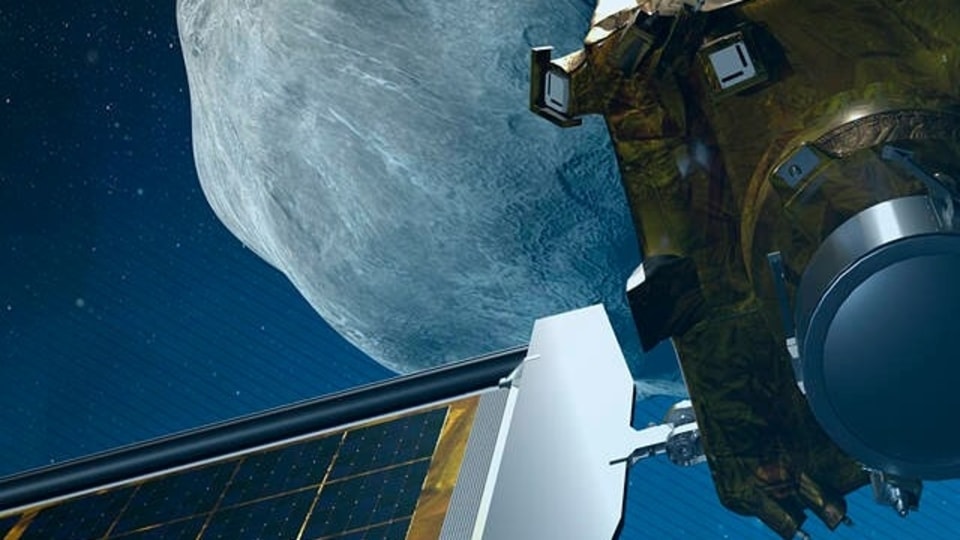
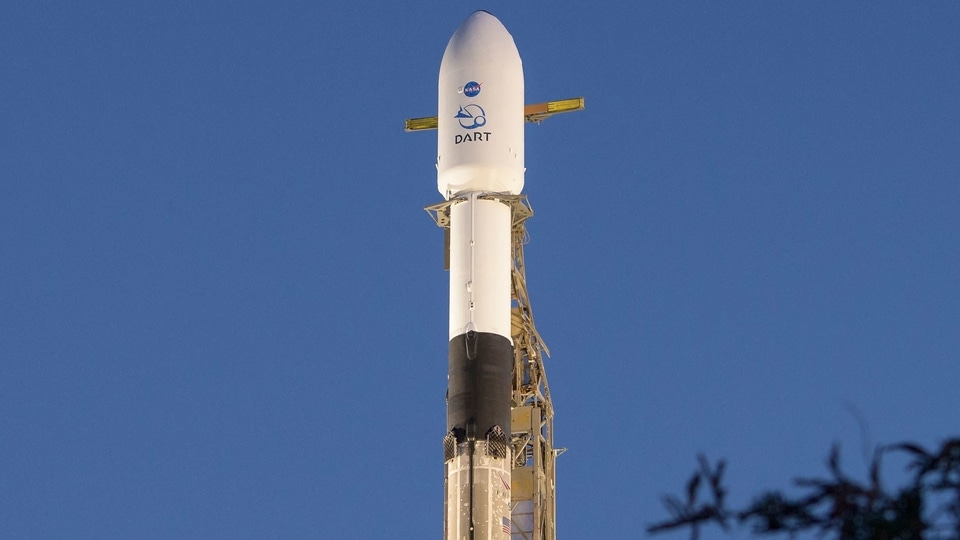
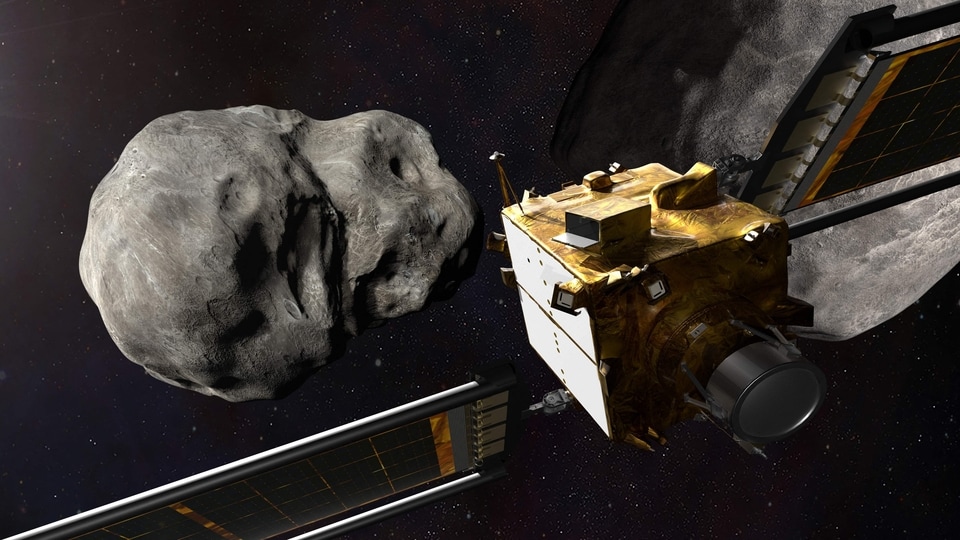
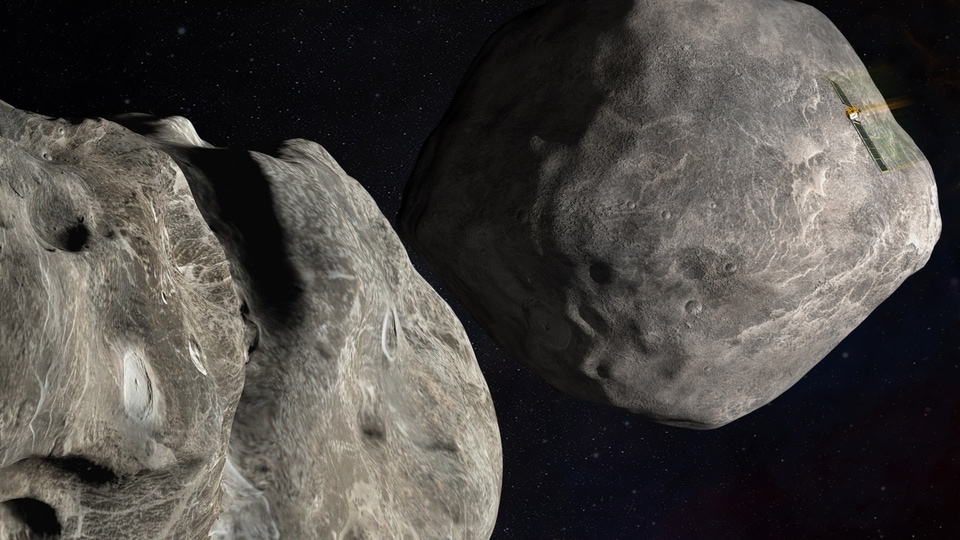
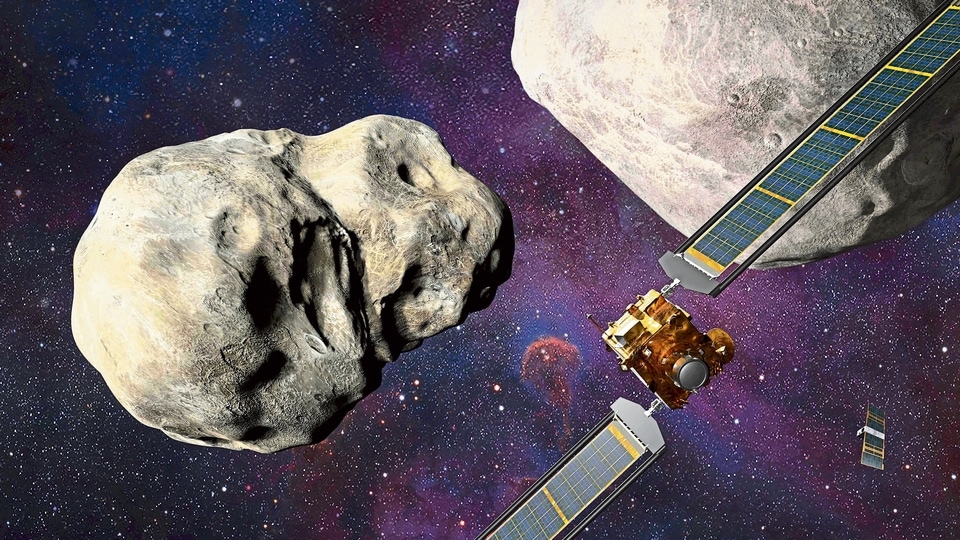

 View all Images
View all ImagesThis week, the night sky will see a special member of our solar system make for a spectacular view from Earth. It is the largest planet in the solar system, Jupiter, which will make its closest approach to Earth. It has been steadily brightening and rising in the night sky over the last few months. Now, on September 26, Jupiter is ready to reach its annual “opposition” and closest point to Earth. "Opposition" happens when an astronomical object rises in the east as the Sun sets in the west from the perspective of Earth. This brings the space object and the Sun to the opposite sides of the Earth, NASA explained.
"At its closest approach, Jupiter will be approximately 367 million miles in distance from Earth, about the same distance it was in 1963. The massive planet is approximately 600 million miles away from Earth at its farthest point," NASA added
As Jupiter takes around 12 years to orbit the Sun, its opposition occurs once every 13 months from the view of Earth, but this time it will be coming the closest in 59 years. The spellbinding view of Jupiter in the sky will bring a rare event for the stargazers. Know when, where and how to catch a mesmerizing glimpse of the largest planet Jupiter this week.
As mentioned earlier, if the weather permits, you can expect excellent views on September 26. However, the unique effect is expected to last for a few weeks.
How to catch a rare glimpse of Jupiter
What all you need is a good pair of binoculars! A research astrophysicist at NASA, Adam Kobelski, suggested that with good binoculars, at least the central band and three or four of the Galilean satellites (moons) will be visible. However, you'll need a large telescope to see the Great Red Spot of the planet. Some filters in the green to blue range may enhance the visibility of these features of Jupiter. Kobelski suggests that an ideal viewing location will be at a high elevation in a dark and dry area, preferably outside a city.
Catch all the Latest Tech News, Mobile News, Laptop News, Gaming news, Wearables News , How To News, also keep up with us on Whatsapp channel,Twitter, Facebook, Google News, and Instagram. For our latest videos, subscribe to our YouTube channel.





























